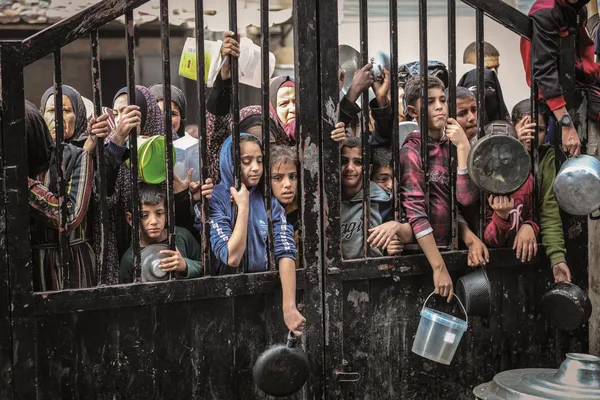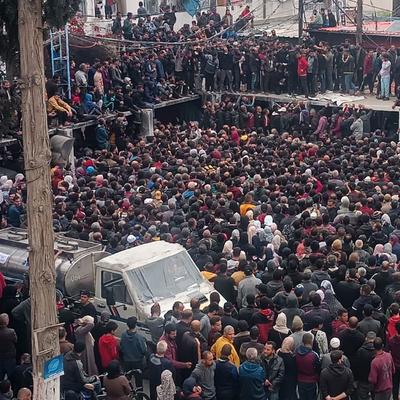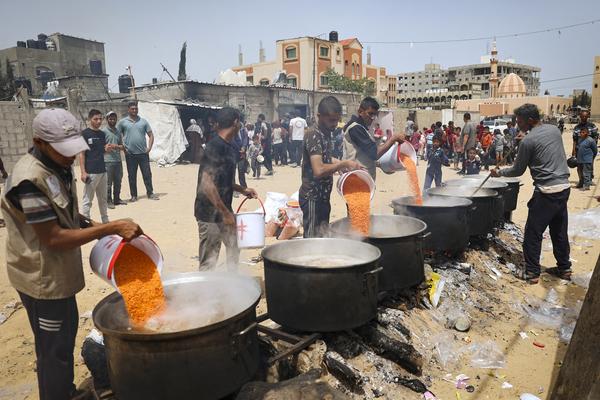



Gaza's Social Condition: An In-Depth Analysis
Explore the severe humanitarian crises, economic struggles, and impacts of ongoing conflict in Gaza. Donate now to support the children of Gaza.
Current Social Conditions in Gaza
The Gaza Strip, a small yet densely populated region, has been a focal point of ongoing conflict and humanitarian crises for decades. As of 2024, the social conditions in Gaza are dire, with the population grappling with severe shortages of basic necessities, widespread displacement, and a collapsing economy. This article explores the current social condition in Gaza, shedding light on the challenges faced by its residents and the broader implications for the region.
Humanitarian Crisis and Living Conditions
Gaza's humanitarian situation is critical, with widespread shortages of food, water, and medical supplies. The blockade imposed by Israel since 2007 has severely restricted the entry of goods and movement of people, exacerbating the crisis. The recent intensification of conflict has only worsened these conditions, leading to unprecedented levels of destruction and displacement. Over 85% of the population is internally displaced, living in inadequate shelters with limited access to essential services like electricity, clean water, and healthcare.
Economic Devastation
The economy of Gaza has been in a state of decline for years, and the ongoing conflict has further accelerated this downturn. The blockade has crippled Gaza's ability to export goods and receive vital imports, leading to a 24% contraction in GDP in the last year alone. Unemployment rates have soared to over 80%, with most economic activities grinding to a halt. Reconstruction efforts are estimated to require tens of billions of dollars and several decades to bring the economy back to pre-blockade levels.
Impact on Health and Nutrition
The healthcare system in Gaza is on the brink of collapse, with hospitals and clinics being targeted in attacks and facing severe shortages of supplies and personnel. Malnutrition is rampant, with nearly every child under five at risk of severe malnutrition. Pregnant women and other vulnerable groups are not receiving adequate nutrition and medical care, leading to long-term health complications and increased mortality rates.
Education and Future Prospects
Education in Gaza has been severely disrupted, with many schools damaged or destroyed and children unable to attend classes regularly due to safety concerns. The psychological impact of continuous conflict and displacement on children is profound, affecting their ability to learn and develop. The long-term prospects for Gaza's youth are bleak, with limited opportunities for higher education and employment, perpetuating the cycle of poverty and instability.
Addressing the Crisis
Humanitarian Aid and International Response
International organizations and humanitarian agencies are working tirelessly to provide aid to the people of Gaza. However, the delivery of aid is often hampered by the ongoing conflict and restrictions imposed by the blockade. Efforts are being made to secure ceasefires and negotiate the entry of essential supplies, but these are often temporary and insufficient to meet the overwhelming needs of the population.
Long-term Solutions and Peacebuilding
For any meaningful improvement in Gaza's social conditions, a lasting resolution to the conflict is essential. This includes lifting the blockade, ensuring the free movement of people and goods, and investing in the reconstruction of infrastructure. Additionally, there is a need for substantial international support to rebuild the economy, improve healthcare and education systems, and provide psychological support to the affected population.
FAQs
What are the main challenges faced by the people of Gaza?
The main challenges include severe shortages of food, water, and medical supplies, high levels of displacement, economic collapse, and disruptions to education and healthcare services.
How has the blockade affected Gaza's economy?
The blockade has restricted the movement of goods and people, leading to a significant decline in GDP, soaring unemployment rates, and a halt in most economic activities.
What is the current state of healthcare in Gaza?
The healthcare system is near collapse, with hospitals and clinics facing severe shortages of supplies and personnel, and widespread malnutrition affecting the population.
What efforts are being made to provide humanitarian aid to Gaza?
International organizations and humanitarian agencies are working to deliver aid, but efforts are often hindered by the ongoing conflict and restrictions imposed by the blockade.
What long-term solutions are needed to improve Gaza's social conditions?
Long-term solutions include lifting the blockade, ensuring free movement of people and goods, investing in infrastructure reconstruction, and providing substantial international support for economic recovery, healthcare, and education.
How can the international community help Gaza?
The international community can help by advocating for peace, providing humanitarian aid, supporting reconstruction efforts, and investing in long-term development projects to rebuild Gaza's economy and social infrastructure.
Conclusion
The social condition in Gaza is one of the most severe humanitarian crises in the world today. The combination of prolonged conflict, economic blockade, and inadequate access to basic services has left the population in a state of extreme hardship. Addressing these issues requires a concerted effort from the international community to push for peace, lift the blockade, and provide sustained humanitarian aid. Only through these measures can the people of Gaza hope for a future of stability and prosperity.
💔 Donate to Support Gaza's Children
Your donation can make a significant difference in the lives of children affected by the crisis in Gaza. Donate now via Bitcoin or Stripe to provide essential aid and support.
Donate Now